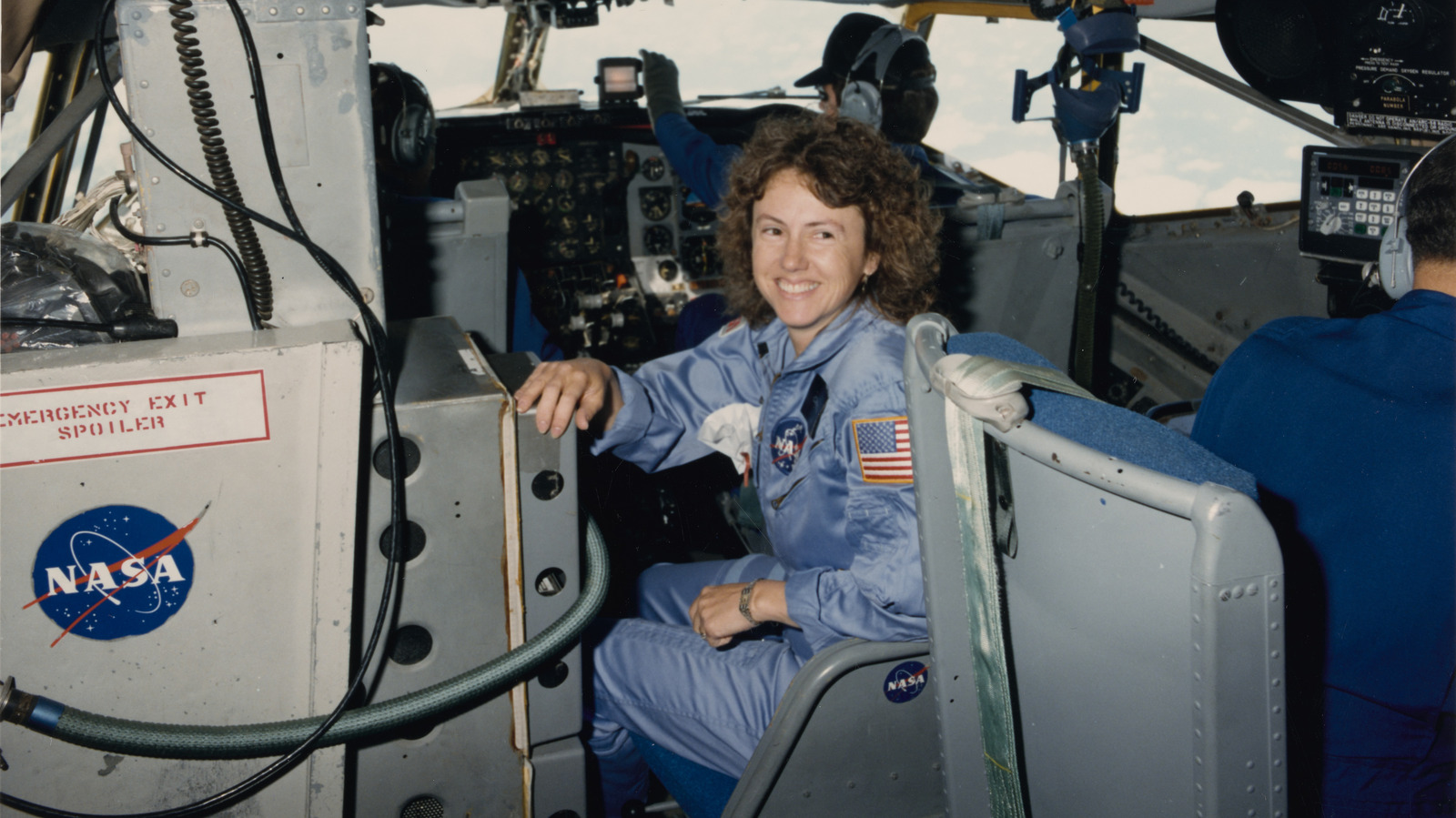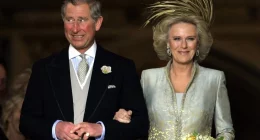
After the space race effectively ended in 1969, with the first moon landing, both the Soviet Union and the U.S. — along with other nations — began to focus on near-Earth orbit. The space shuttle was one of the most iconic products of this period, launching in 1981 and making its last flight in 2011. Designed to ferry teams of astronauts and payloads into orbit, return to Earth, and do it all over again, it promised a future of regular space travel. But this unraveled before everyone’s eyes on January 28, 1986, when the space shuttle Challenger exploded 73 seconds after lift-off.
Challenger had already been host to several historic flights, including that of the first female and first Black U.S. astronauts to go to space, Sally Ride and Guion Bluford, respectively. Its last flight, designated STS-51-L, was set for another milestone, with the first civilian astronaut, teacher Christa Corrigan McAuliffe, on board, along with six other crew: Francis Scobee, Michael Smith, Ellison Onizuka, Judith Resnik, Ronald McNair, and Gregory Jarvis. Behind the scenes, engineers were concerned about the cold temperatures and the launch was delayed for a short period. Eventually, the all-clear was given.
Less than two minutes into the flight, an O-ring on one of the shuttle’s booster rockets failed, later determined to have been partially caused by the freezing temperatures. In an instant, the fuel-laden shuttle was ripped apart by a massive explosion. All the astronauts perished, and it may not have been instantaneous: recovered debris and video footage suggested the crew compartment survived the explosion, and that the seven astronauts died from asphyxiation as they fell to Earth.








